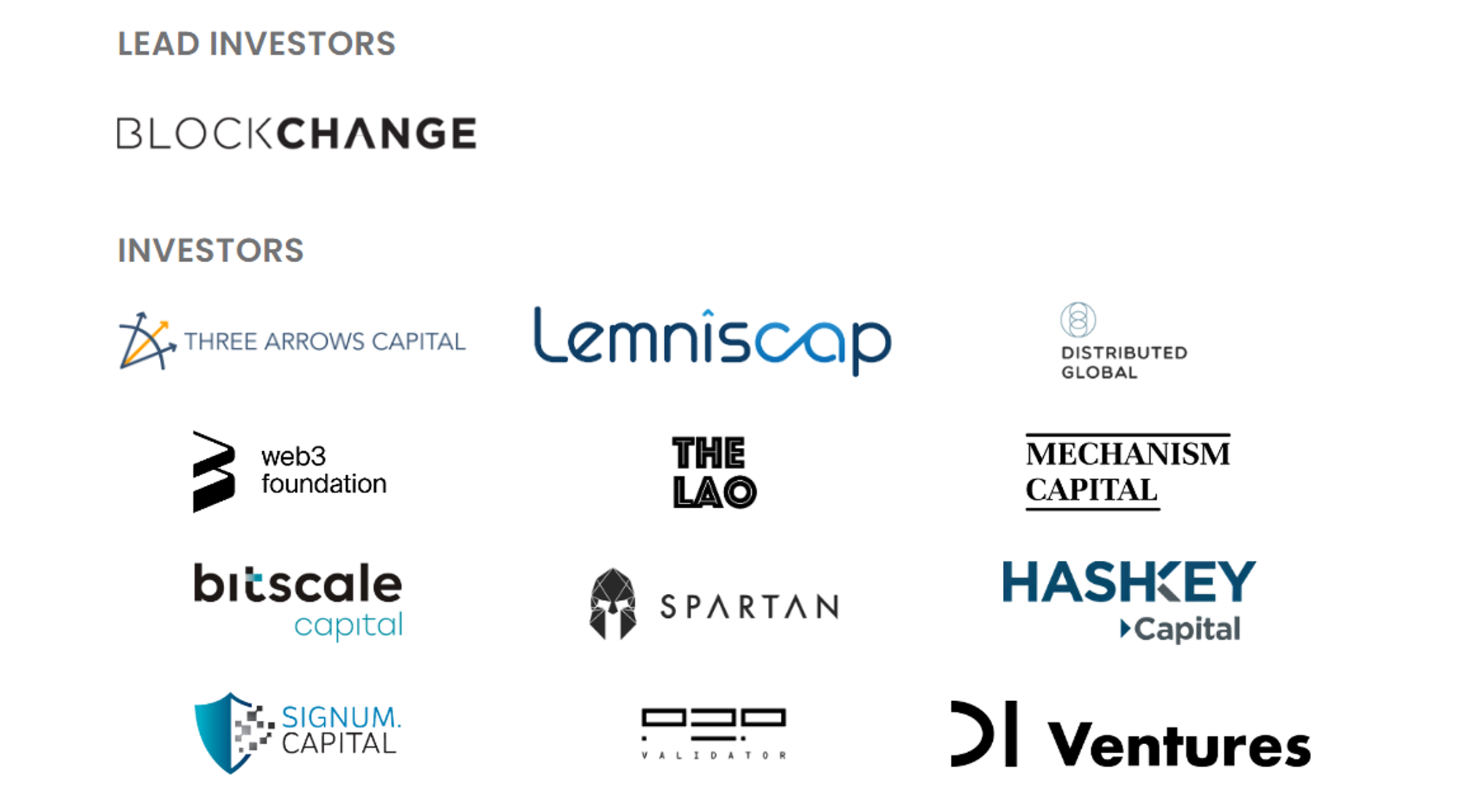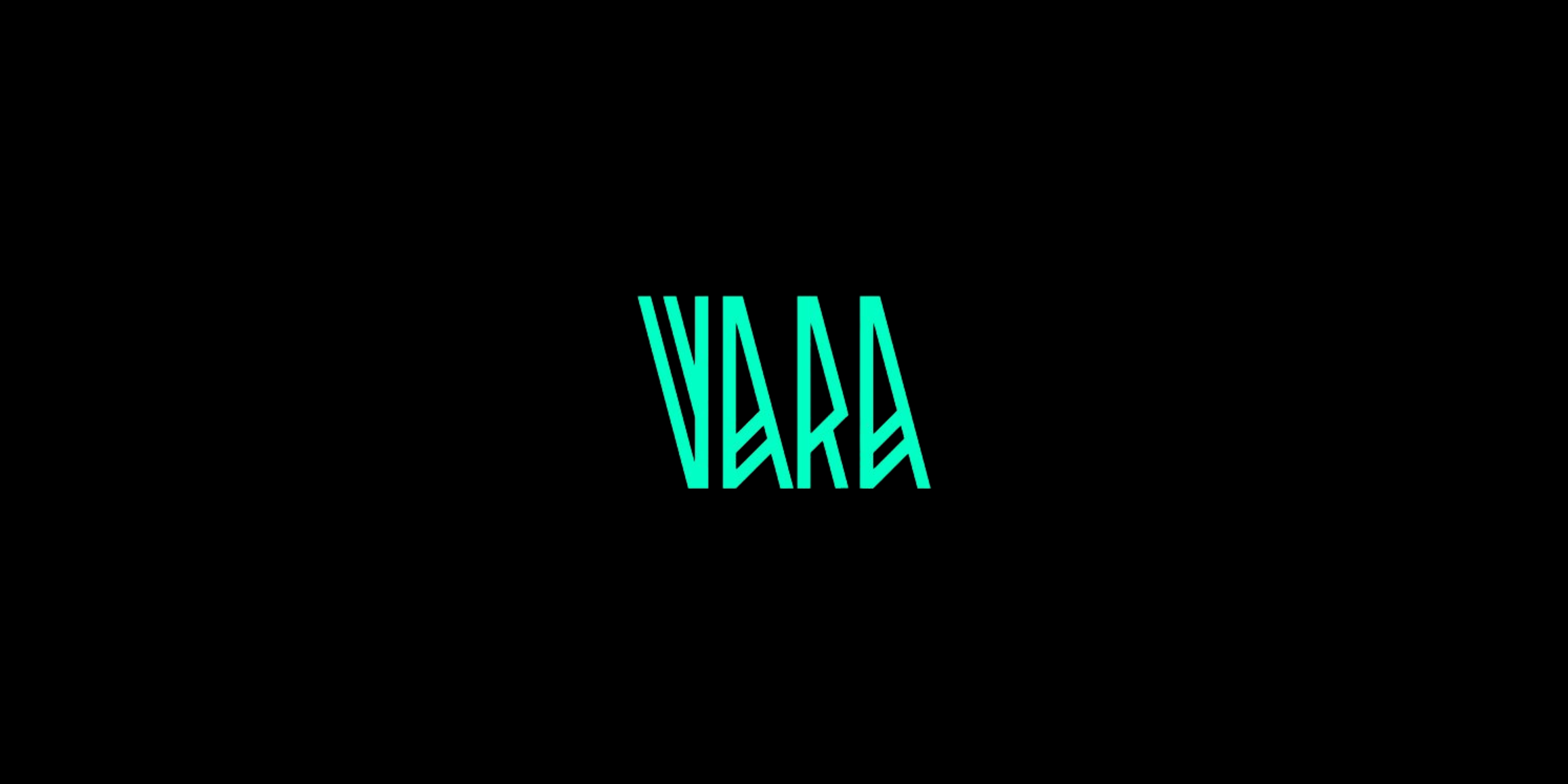Executive Summary
Vara Network is a decentralized layer-1 blockchain constructed on the Gear Protocol, a Substrate-based programming platform. Gear Protocol underpins Vara Network, delivering a fast, scalable, and non-fork upgradable environment ideal for next-generation gaming, financial applications, and other use cases. Vara Network distinguishes itself with low transaction costs, robust security through a Nominated Proof-of-Stake (NPoS) consensus mechanism, and a community-driven governance model utilizing the OpenGov framework. The network is designed to be developer-friendly, facilitating the creation of decentralized applications (dApps) without the need to develop an entirely new blockchain.
About the Project
Vision – To be the fastest, most secure, and most scalable blockchain.
Problem – Blockchains encounter challenges related to scalability, decentralization, and the complexity of application development.
Solution – Vara Network is dedicated to enhancing user experience by prioritizing speed, scalability, and upgradability. This focus allows developers to create decentralized applications (dApps) that can compete with the performance of centralized applications. The network’s capability to process a high volume of transactions with minimal latency is especially crucial for applications demanding real-time interactions, such as gaming or financial transactions.
Features
- Fast and Scalable: Vara Network is optimized for low-latency applications, offering a swift and efficient platform for gaming, financial transactions, and other high-demand use cases. Its architecture ensures the network can handle a high volume of transactions without compromising performance.
- Low Transaction Costs: Transactions on Vara are designed to be cost-effective, making it an attractive option for dApp developers and users. This cost efficiency encourages broader adoption and usage, particularly for microtransactions and high-frequency trading.
- NPoS Consensus: Vara’s Nominated Proof-of-Stake mechanism enhances decentralization and security by incentivizing both validators and nominators. This system ensures network integrity and fosters a collaborative environment where stakeholders are actively engaged in maintaining the blockchain.
- Community Governance: Utilizing the OpenGov framework, $VARA token holders can actively participate in network governance and influence updates and modifications. This democratic approach empowers the community to shape the network’s future, ensuring it evolves according to its users’ needs and preferences.
- Developer-Friendly Environment: Vara supports WebAssembly (Wasm), allowing developers to write smart contracts in familiar languages, bridging the gap between Web2 and Web3. This compatibility reduces the learning curve for developers transitioning to blockchain technology and accelerates the development of innovative dApps.
Market Analysis
Since its inception, blockchain technology has experienced exponential growth, currently reaching a valuation of $1.6 trillion, with optimistic forecasts predicting continued expansion. Prominent Layer 1 and 2 solutions, such as Ethereum, Solana, Arbitrum, and Polygon, have emerged and secured significant market positions. Vara Network competes directly with these solutions, particularly Solana and Ethereum.
Vara Network is specifically designed to function as a WebAssembly (WASM)-a native hub for innovative protocols, leveraging parallel execution and asynchronous programming to deliver state-of-the-art decentralized products across various sectors. The blockchain is suitable for applications in gaming and the development of financial products. The network utilizes a Nominated Proof of Stake (NPoS) consensus mechanism. This innovative approach ensures transaction integrity, promotes widespread participation, and mitigates the risk of centralization.
Traction
Vara Network is designed to facilitate the development of games and DeFi applications with ease. Within the Vara ecosystem, there are approximately 20-25 applications already built. Additionally, the network boasts a Fully Diluted Valuation (FDV) of nearly $450 million, highlighting the traction it has gained.
Token

$VARA tokens are integral to the operation of the Vara Network, serving essential functions such as transaction fees, staking for network security, and governance. Every transaction and interaction with smart contracts on the network requires $VARA tokens. This includes developers deploying smart contracts, who can also pre-fund their contracts with gas for future execution using Gas Pools. This enables the innovative feature of self-executing smart contracts on Vara Network. In the consensus model of the Vara Network, $VARA tokens are crucial as token holders contribute to network security by staking their tokens in exchange for a portion of the block rewards. The incentives within the Vara Network are carefully designed to promote continued participant engagement and support decentralization.
Inflation – Regarding inflation, the network operates on an inflation model with a decreasing rate. The maximum inflation rate for the first year is 6.00%, gradually decreasing to 3-4% by the fourth year. Vara Network doesn’t have a maximum supply. They also employ an offsetting pool mechanism that helps maintain zero inflation by burning tokens equivalent to those created as rewards for validators. This model is designed to sustain the token’s value over time.
Where can you buy the token?
You can buy $VARA from Coinbase Exchange.
Investors

Team
The team behind Vara Network is Gear Protocol. Gear Protocol is a Substrate-based programming platform that allows anyone to develop and deploy a dApp in minutes. It is known for being the most developer-friendly and cost-effective solution for implementing and running programs and smart contracts of any complexity and logic. The Gear team has extensive experience in the blockchain space.
Nikolay Volf, the founder and CEO of Gear Protocol, has been a pivotal figure in the development of fundamental Polkadot technology and Substrate since 2015. As an original member of the Parity Technologies team, Nikolay has contributed to multiple blockchain protocols, including Ethereum, Bitcoin, and ZCash.
Conclusion
Vara Network aspires to become the leading blockchain in the crypto industry. By introducing features that significantly enhance its appeal, particularly in gaming and DeFi, Vara Network aims to drive widespread adoption. The network is well-positioned with a bold vision and presence in a dynamic, rapidly evolving market. However, it faces substantial competition from other established blockchains. Supported by a strong team, Vara Network has the potential to become a top project. Ultimately, its success will depend on future adoption and usage trends.
| Fundamental Analysis | |||||
| Assessment | |||||
| Problem | Moderate, somewhat persistent problem | 2 | |||
| Solution | Some uniqueness, moderate defensibility | 2 | |||
| Market Size | Large market, significant growth potential | 3 | |||
| Competitors | High competition, but room for differentiation | 2 | |||
| Unique Value Proposition | Clear differentiation and value for customers | 3 | |||
| Current Traction | Early traction, user engagement starting to grow | 2 | |||
| Unit Economics | Unit economics currently negative, no clear path to profitability | 1 | |||
| Tokenomics | Basic token strategy, potential for improvement | 2 | |||
| Product Roadmap | Basic roadmap, lacks detail or innovative features | 2 | |||
| Business Model | Proven business model with clear path to profitability | 3 | |||
| Go-to-Market Strategy | Solid GTM strategy, clear target market and channels | 3 | |||
| Regulatory Risks | Minimal regulatory risk, strong mitigation and adaptability | 4 | |||
| Total | 60.42% | ||||





